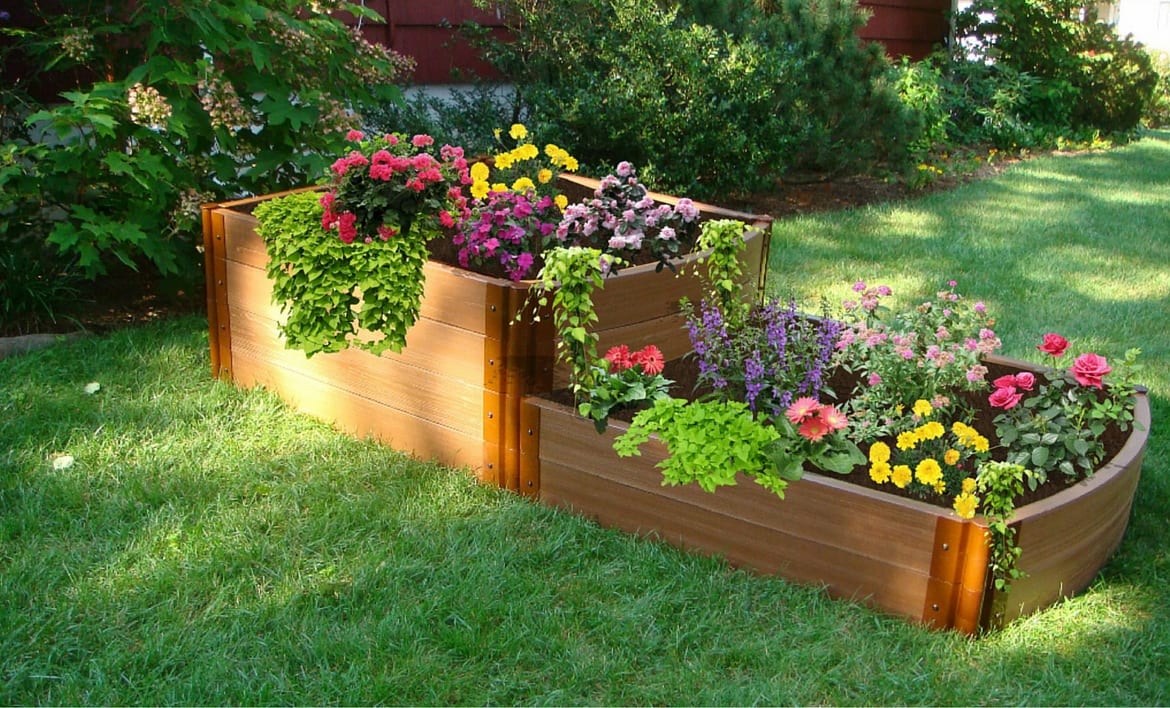How Do I Create A Raised Bed Garden?
If you're looking to start your own vegetable garden, a raised garden bed is a fantastic option. Not only does it allow for better drainage and soil quality, but it also makes gardening more accessible for those with physical limitations. Plus, it looks pretty darn cute in your yard!

What is a Raised Garden Bed?
A raised garden bed is a gardening technique that involves creating a garden bed that is raised off the ground, typically by several inches to a foot or more. It is then filled with soil and compost, creating a nutrient-rich environment for your plants to thrive in. This technique is often used in areas with poor soil quality, and it also allows for better drainage, which can prevent root rot and other issues.
Why You Should Consider a Raised Garden Bed
If you're on the fence about starting a raised garden bed, here are a few reasons to convince you:
- Better Soil Quality: By creating your own soil mix, you can ensure that your plants are getting the nutrients they need to thrive. Plus, since the soil is contained in a specific area, it's easier to add compost and other organic matter to keep your garden healthy.
- Better Drainage: Raised garden beds typically have better drainage than traditional gardens, which means less chance of root rot and other issues caused by standing water.
- Easier on Your Back: If you have difficulty bending or kneeling, a raised garden bed puts your plants at a more accessible height, reducing strain on your back and knees.
- Better Pest Control: Since your garden is elevated, it's less likely to be attacked by pests such as slugs or snails that typically crawl along the ground.
- Better Organization: Creating a specific area for your garden can help keep your yard looking neat and organized, and also makes it easier to rotate your crops from season to season.
How to Build a Raised Garden Bed
Building a raised garden bed might seem like a daunting task, but it's actually quite simple. Here's how:
Materials
- 4x4 or 2x6 lumber (cedar is a good option since it's rot-resistant)
- Deck screws or exterior grade nails
- Drill or hammer
- Saw
- Wood glue (optional, but can add stability to your corners)
Instructions
- Decide the size and shape of your garden bed. Keep in mind that you want it to be accessible from all sides, so try to avoid widths over 4'.
- Cut your pieces of lumber to size using your saw.
- Arrange your lumber to create a rectangle or square (depending on the shape you've chosen), making sure that each corner is flush and square.
- If using wood glue, apply it to the ends of each board where they will meet. Then, using your screws or nails, attach each board to the next, making sure to countersink your screws or nails so they don't protrude and create a tripping hazard.
- Once you've assembled your garden bed, place it in the desired location and fill it with a mixture of soil and compost. You're now ready to plant!
Tips for Maintaining Your Raised Garden Bed
Now that you've got your raised garden bed up and running, here are a few tips to keep it healthy:
- Water it regularly: Since raised garden beds typically have better drainage than traditional gardens, they also dry out more quickly. Water your garden regularly to ensure that your plants are getting the moisture they need.
- Add organic matter: Adding compost or other organic matter to your garden bed each season can help improve soil quality and add nutrients to your plants.
- Rotate your crops: To avoid depleting the soil of certain nutrients, try rotating your crops from season to season.
- Keep an eye out for pests: While raised garden beds are less susceptible to some pests, others (such as aphids or cucumber beetles) can still make their way in. Keep an eye out for signs of infestation, and take measures to prevent and/or treat them before they get out of hand.
- Trim back overgrown plants: If your plants start to get too big for your garden bed, don't be afraid to trim them back. This will not only keep your garden looking neat, but it will also prevent overcrowding and ensure that each plant gets the light and nutrients it needs.
Conclusion
A raised garden bed is a great option for anyone looking to start their own vegetable garden. With better soil quality, better drainage, and better accessibility, it's an easy and effective way to grow your own produce. By following these steps for building and maintaining your garden bed, you'll be on your way to enjoying fresh, homegrown veggies in no time!


